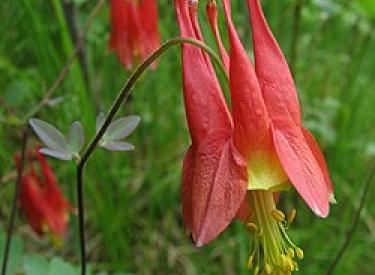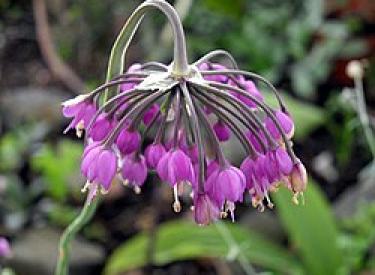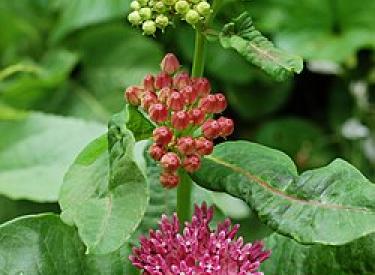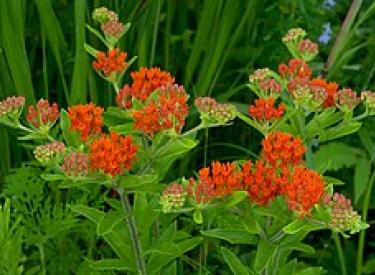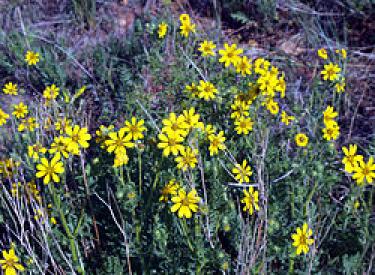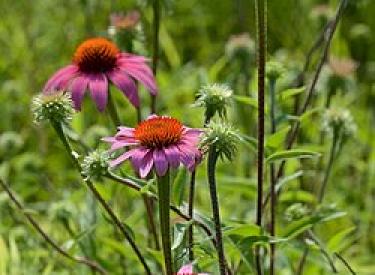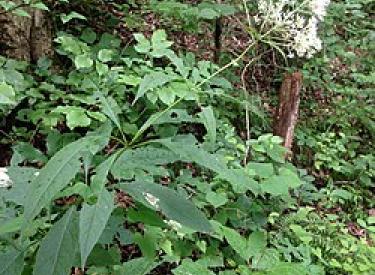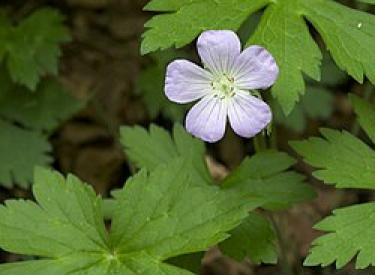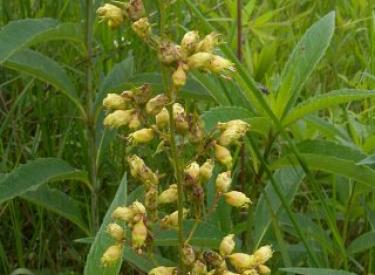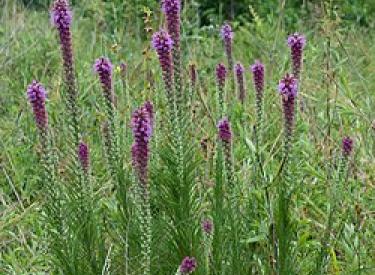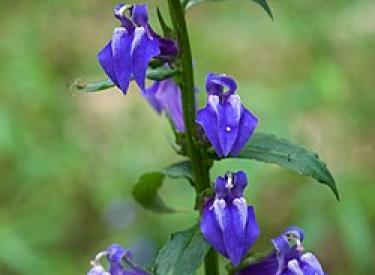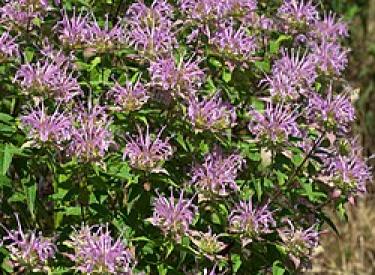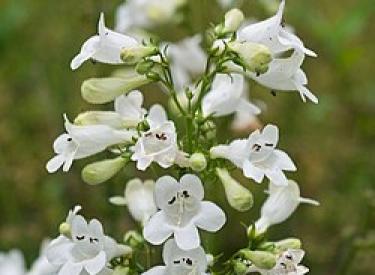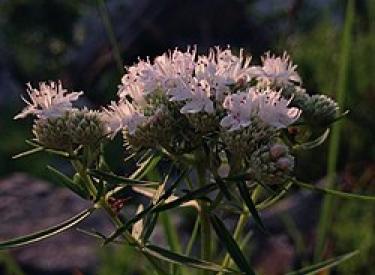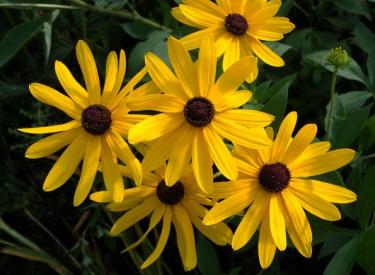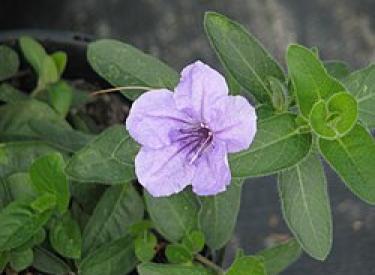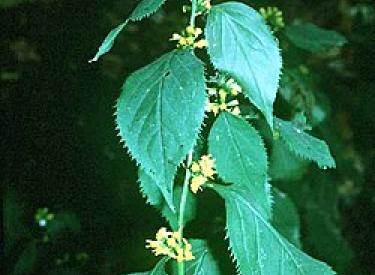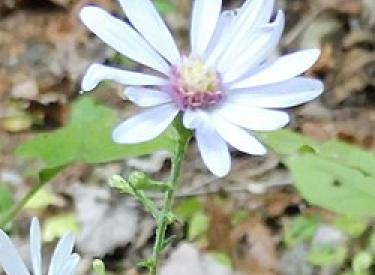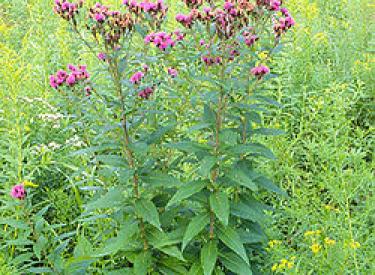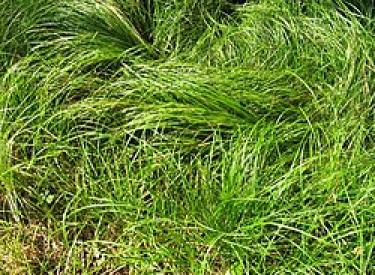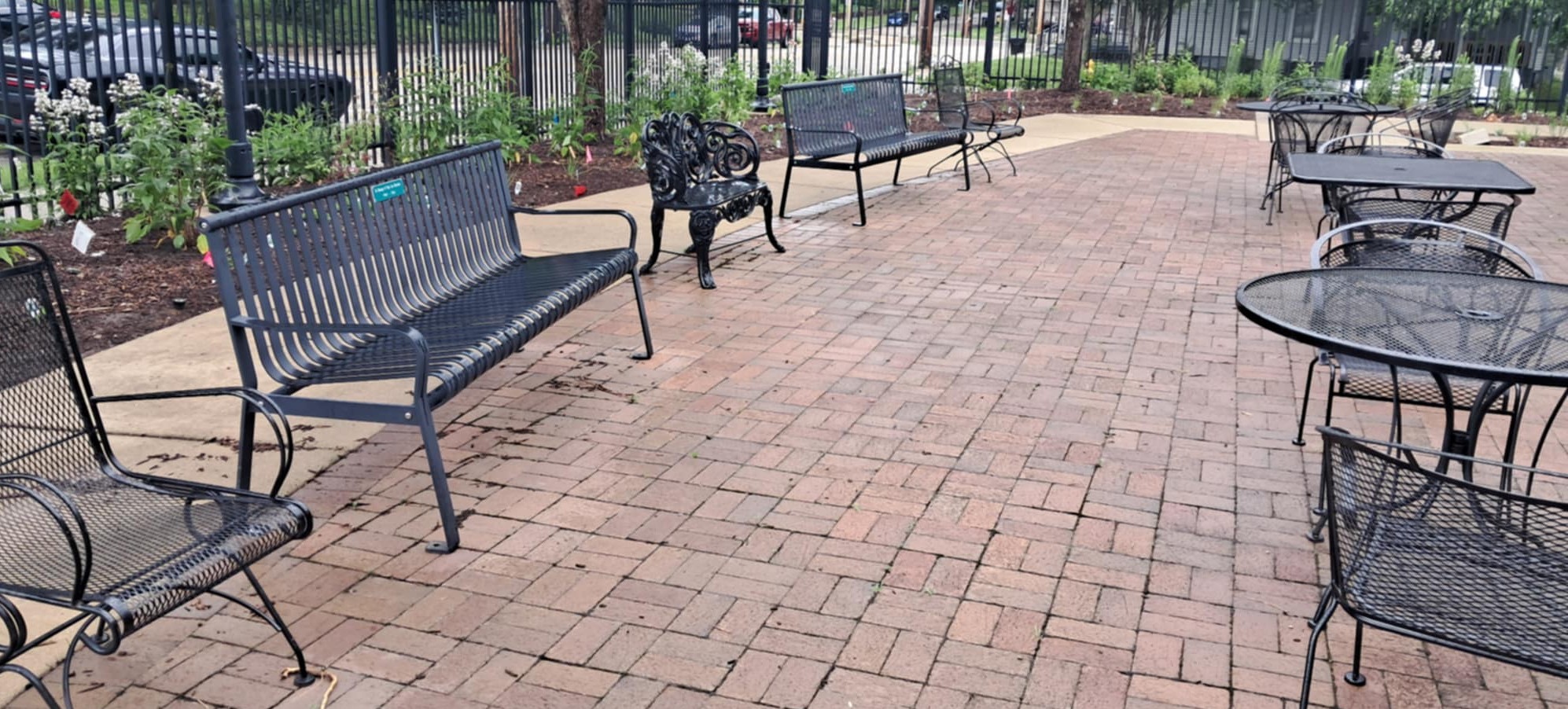
Bloomington Library has a spacious outdoor patio area with plenty of seating to offer patrons a place to read or work while enjoying some fresh air. The patio recently received a gardening refresh with native plants being added thanks to the funding of an Environment and Nature Grant from the Illinois Prairie Community Foundation, with support from Wild Ones Illinois Prairie Chapter.
Native plants are considered plants that grow best in locations where the local weather and soil let them grow naturally without a lot of effort and upkeep. They also help keep nature in balance by giving food and shelter to bees, butterflies, and other wildlife. These plants don’t just survive—they help our environment thrive!
Below you will find information about what native plants are currently growing in the patio. To access the patio you need to enter the library building and use the indoor entrance that leads to the patio on the second floor.
Have feedback about the patio? Please let us know by filling out a quick survey.
Take the Patio Survey!Wild columbine flowers in May and June, supporting butterflies and hummingbirds.
This herbaceous perennial blooms in July and August, attracting various bees, including honeybees and bumblebees.
Purple milkweed supports monarch butterflies, several types of milkweed bugs and beetles, and other butterflies and pollinators.
Butterfly weed is another milkweed, which does support monarch butterflies, but its primary pollinators are actually bees and wasps.
This perennial herb flowers in summer, supporting numerous species of bees, butterflies, moths, beetles, and other insects.
Purple coneflower’s flowers attract various bees and butterflies, and finches feed on its seeds.
This perennial blooms in mid to late summer, supporting many species of butterflies, moths, bees, and flies.
Wild geranium flowers in spring to early summer. It supports various species of bees, as well as butterflies, dance flies, and skippers, and chipmunks sometimes eat its seeds.
Prairie alumroot blooms in early summer, pollinated by various small bees, especially colletes aestivalis, and feeding flea beetles and aphids.
The grass-like prairie blazing star attracts birds, hummingbirds, and butterflies.
Great blue lobelia blooms from August to October, and it is primarily pollinated by bumblebees.
Wild bergamot, also known as bee balm and unrelated to the citrus fruit bergamot, is an herbaceous perennial which blooms during mid-summer. Its clusters support bees, hummingbirds, butterflies, and moths.
Foxglove beardtongue’s white flowers blossom in early summer, attracting butterflies, bees, and hummingbirds.
This perennial blooms in summer and smells faintly of mint. It attracts bumblebees, other bee species, and butterflies.
Sweet black-eyed Susan, also known as sweet coneflower, blooms during mid to late summer. It attracts many bees including carpenter bees, wasps, flies, butterflies, skippers, beetles, and other insects.
Wild petunia’s lavender flowers bloom in mid to late summer, primarily attracting long-tongued bees as pollinators. It is also a hosting plant for the caterpillars of the common buckeye butterfly.
This herbaceous perennial blooms in late summer to early fall. Its pollinators include many insects, including wasps, flies, and butterflies, but especially several species of bee. It also feeds many of the insects on which woodland songbirds feed.
Short’s aster blooms in late summer and early fall, attracting many pollinators including bees, butterflies, skippers, and flies.
This herbaceous perennial blooms in late summer to early fall. It primarily attracts long-tongued bees, butterflies, and skippers, and it supports a number of moth caterpillars.
Common oak sedge grows in grass-like tufts. It feeds grasshoppers, aphids, and moth larvae, and various birds eat its seeds.
Prairie dropseed is a prairie grass that blooms in late summer. Its seeds are eaten by sparrows and songbirds, and its foliage is eaten by grasshoppers (and also bison, cattle, and horses). Native Americans also ground the seeds to make flour.
Smooth hydrangea is a shrub that flowers in late spring into summer. It supports bumblebees, carpenter bees, and other bees, wasps, beetles, and insects. The foliage is favored by the caterpillars of the hydrangea sphinx moth.
